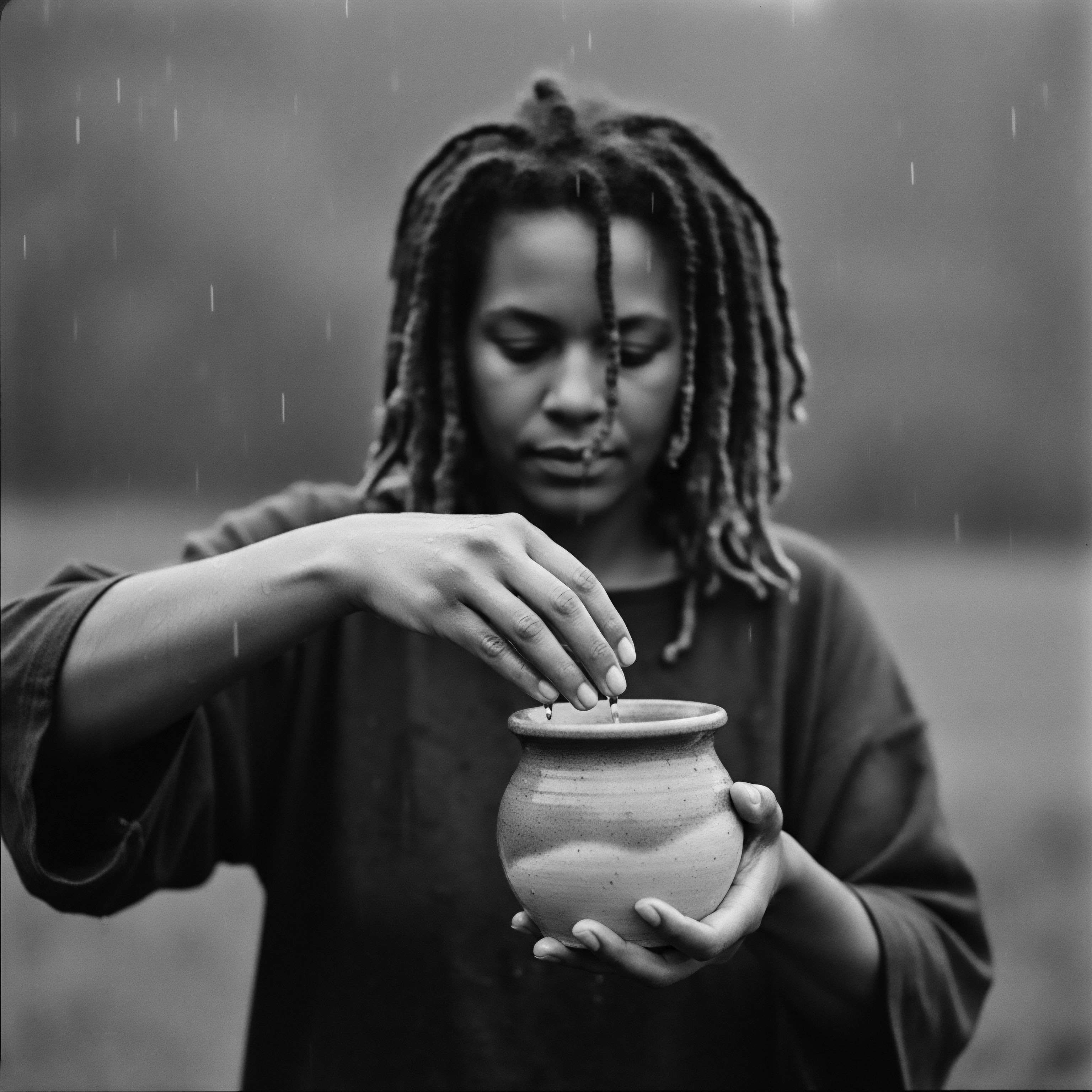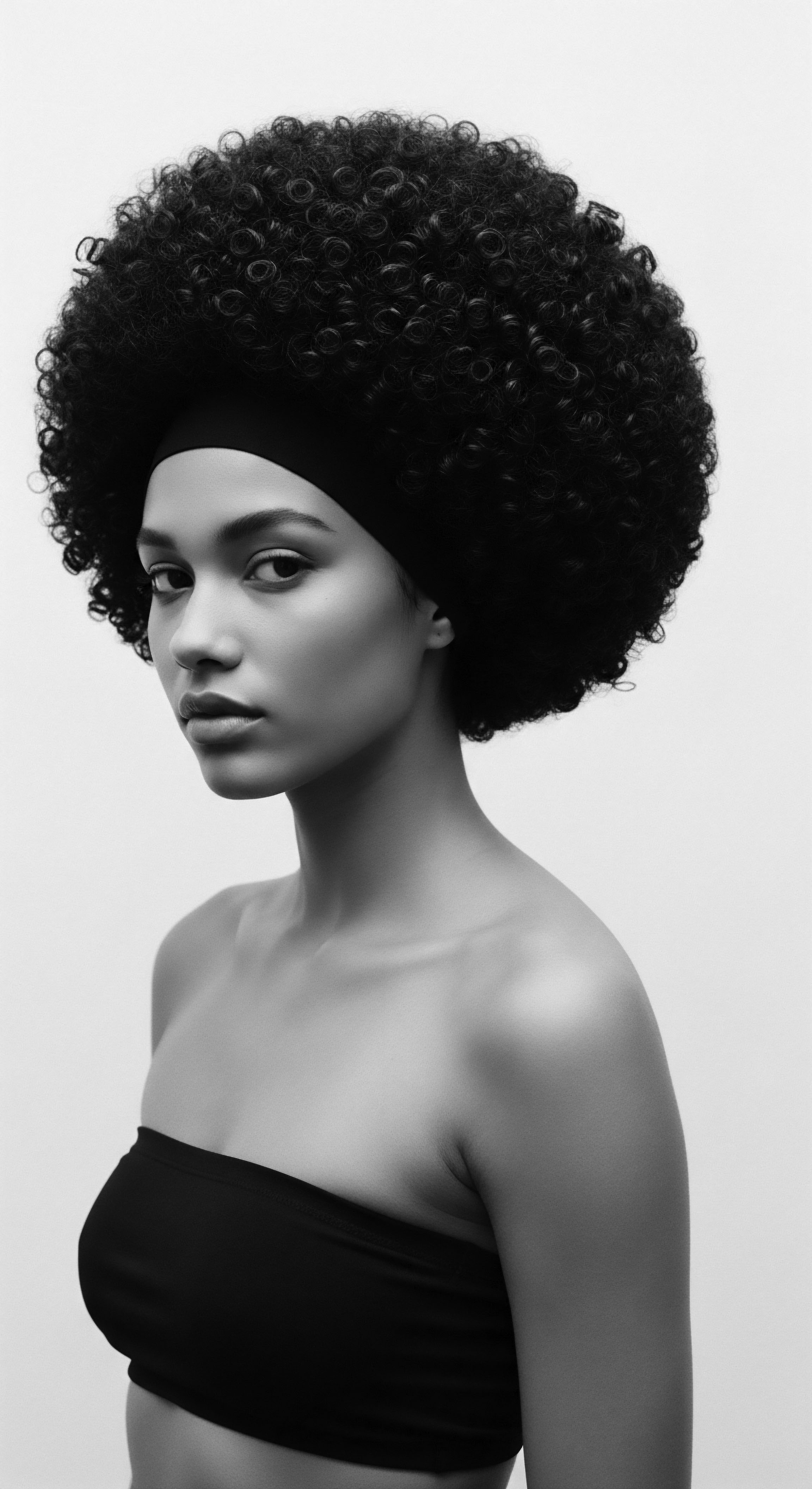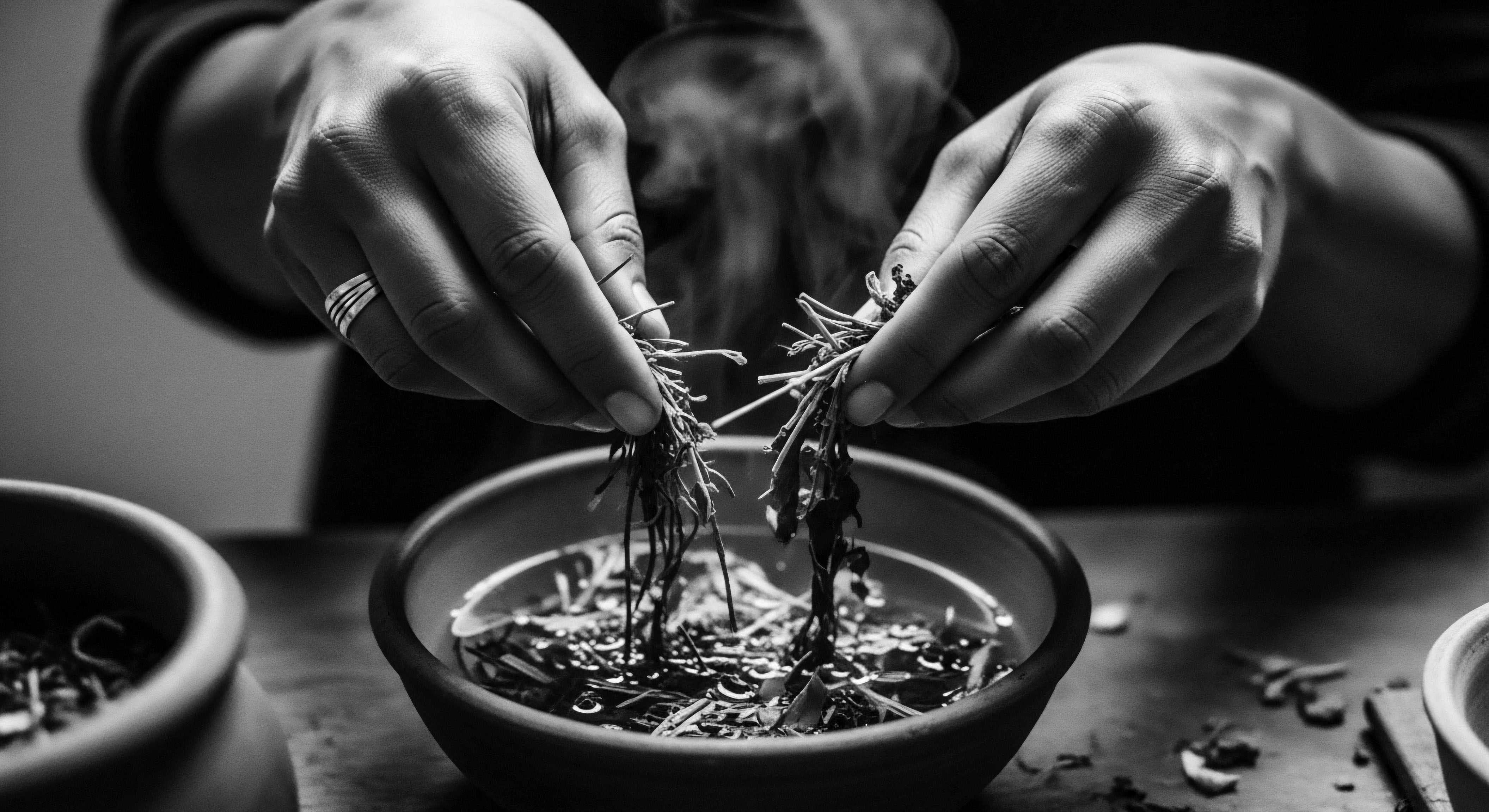
What ancestral oils penetrate textured hair?
Ancestral coconut oil uniquely penetrates textured hair, a heritage practice affirmed by its deep molecular interaction.

Why ancestral oils suit textured hair?
Ancestral oils suit textured hair through biomimicry, providing essential lipids and protection that honors its unique heritage.
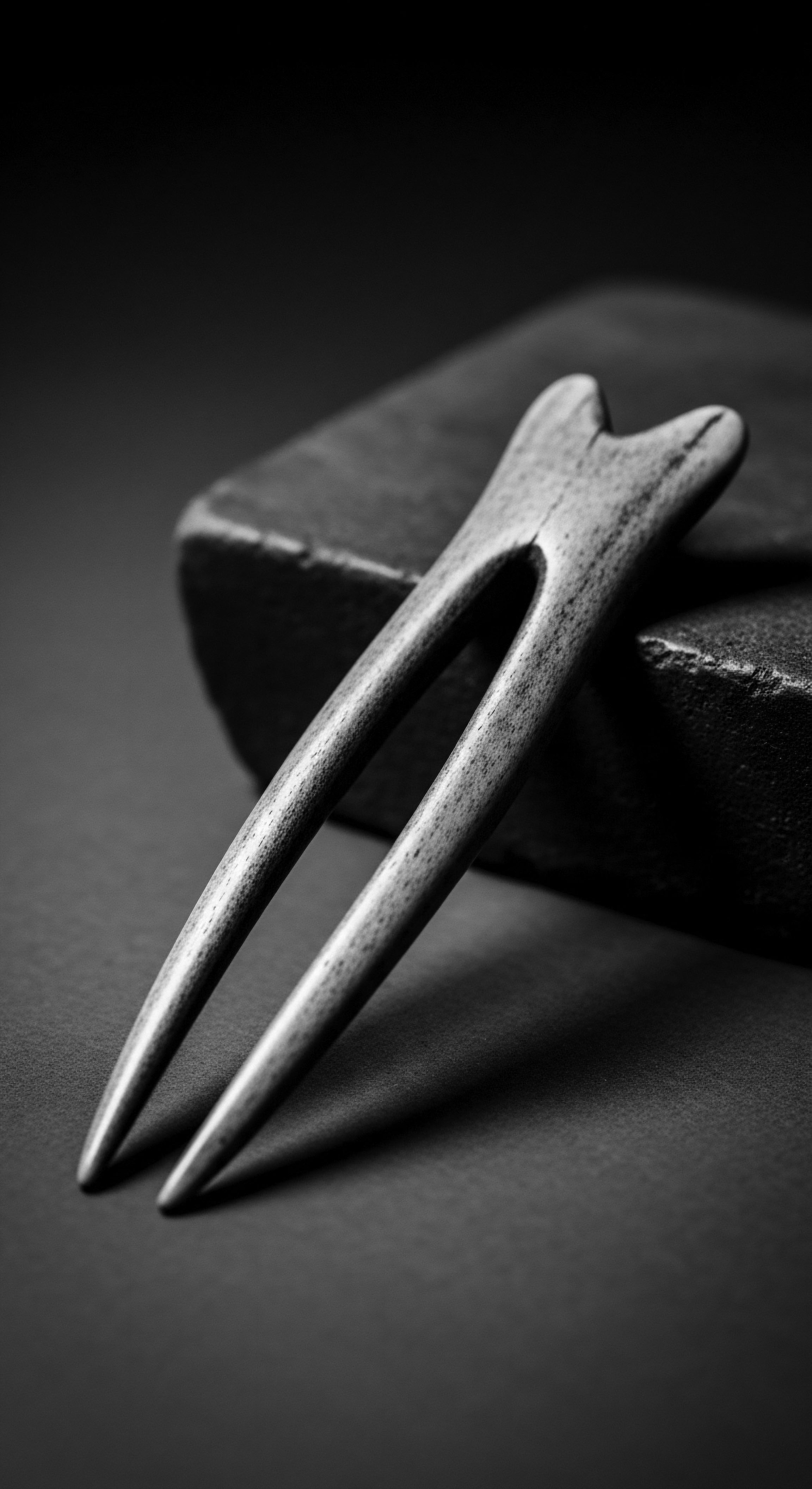
Can ancestral wisdom truly influence contemporary textured hair care practices?
Ancestral practices deeply inform modern textured hair care, connecting us to a heritage of protection and identity.
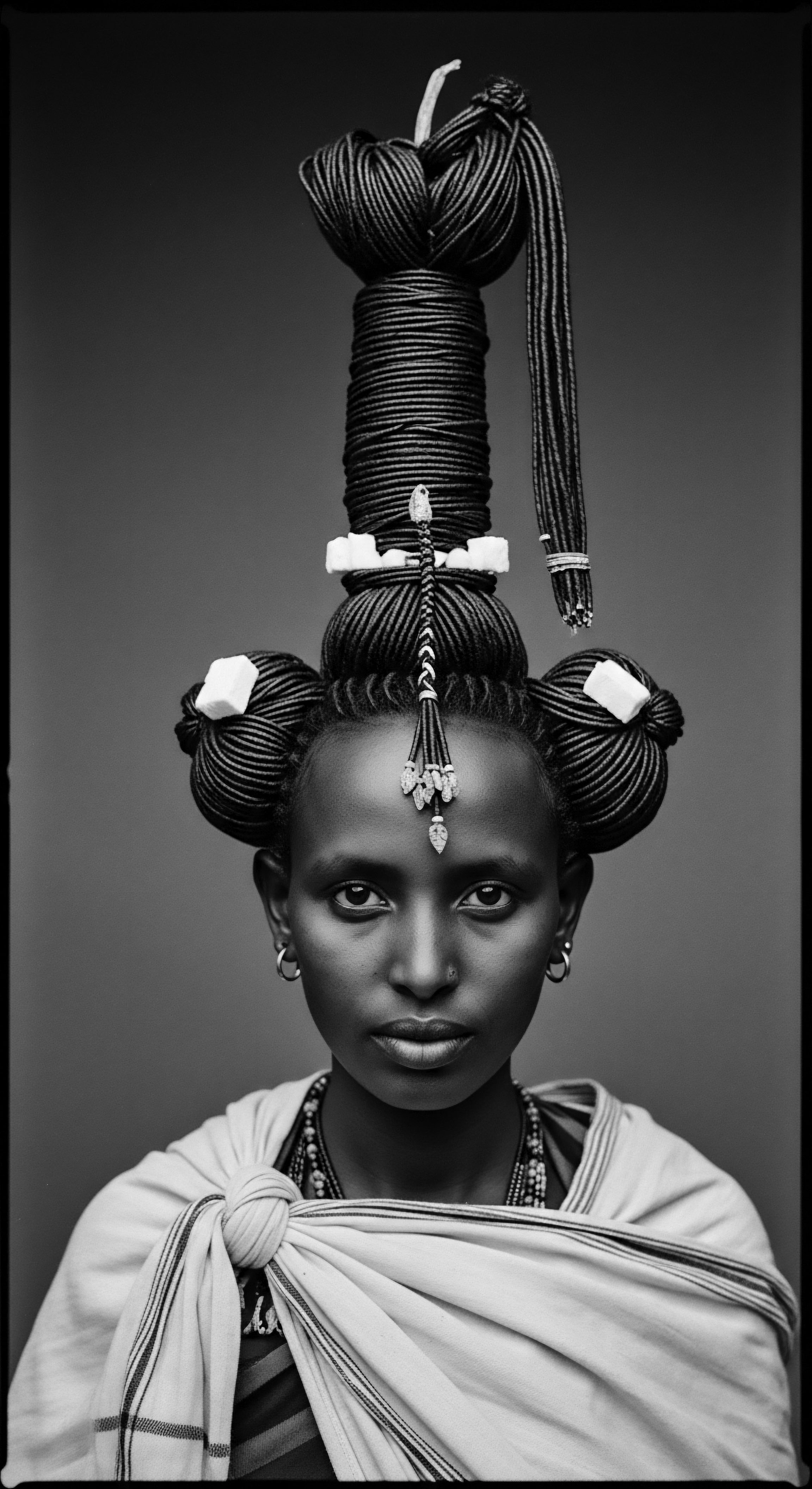
How does ancestral wisdom influence current textured hair care?
Ancestral wisdom shapes textured hair care by providing historical techniques, ingredient knowledge, and cultural meaning for current practices.

Can textured hair heritage guide modern hair care practices?
Textured hair heritage profoundly informs modern care, offering ancestral principles for moisture, protection, and identity.
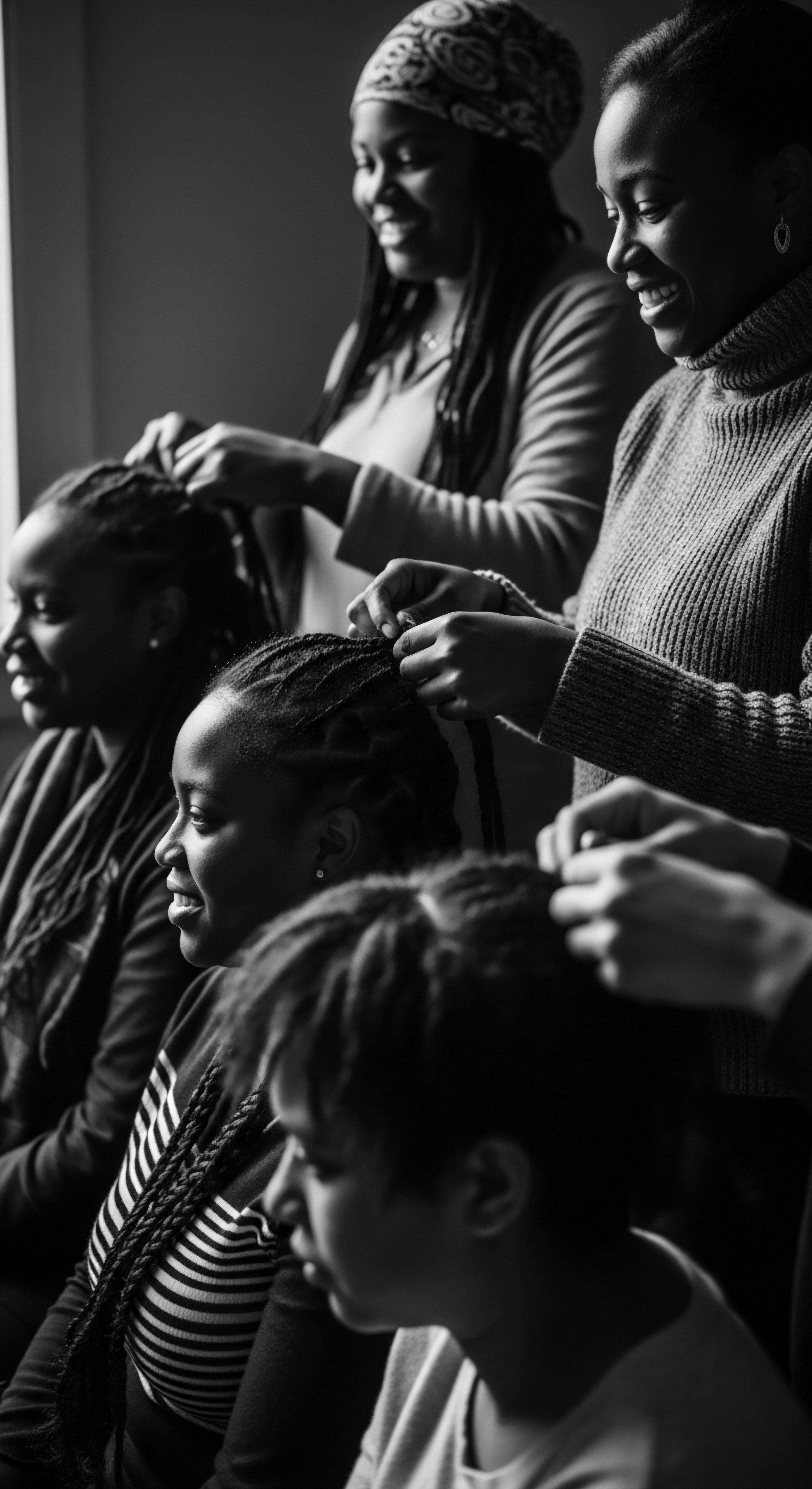
How does cultural heritage influence current hair care practices?
Cultural heritage shapes textured hair practices through ancestral wisdom, communal rituals, and symbols of identity and resilience.

Can modern science validate ancient practices for textured hair care?
Modern science confirms the efficacy of ancient textured hair practices, bridging ancestral wisdom and contemporary care.
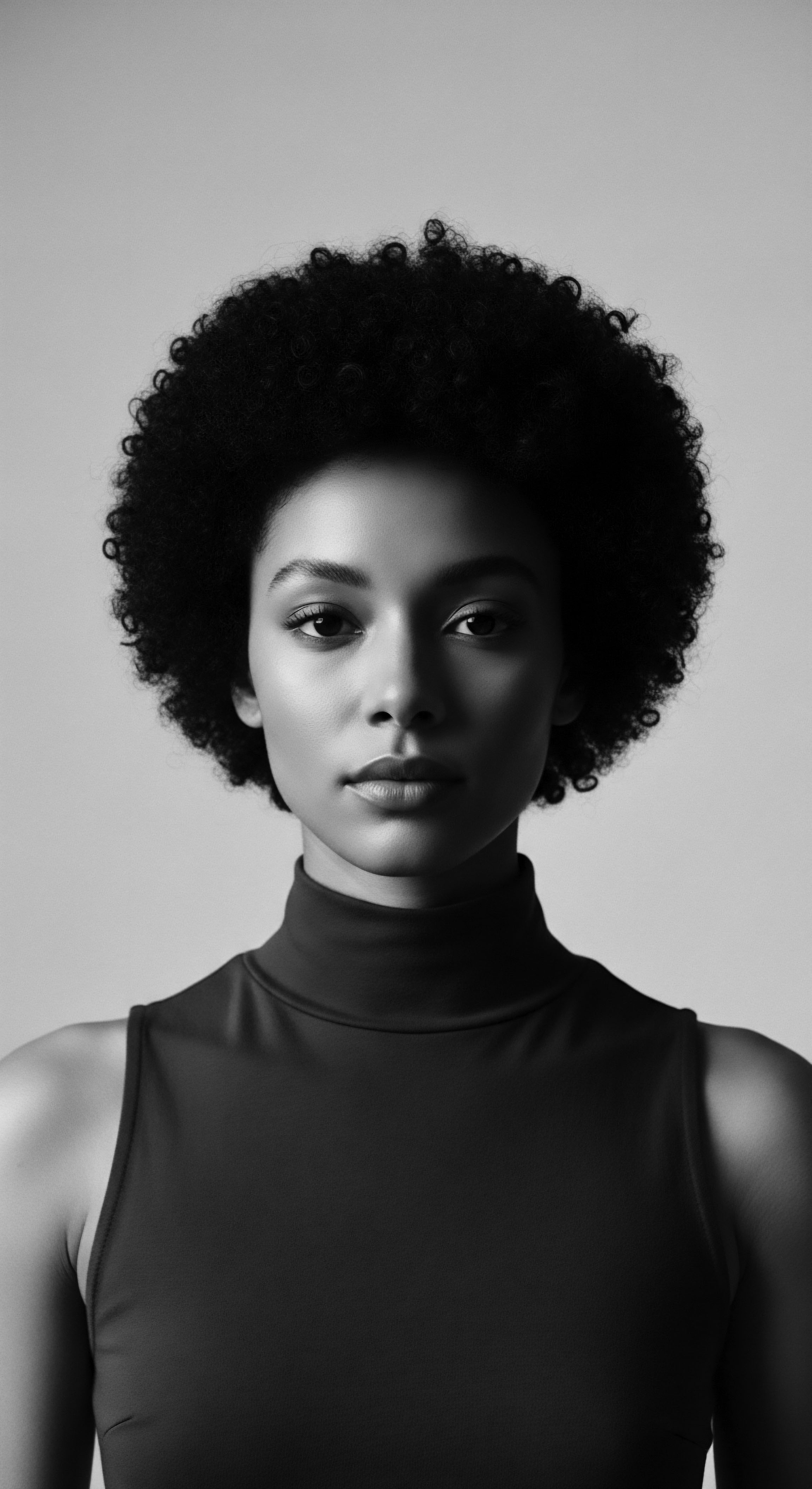
What ancestral reasons exist for textured hair?
Textured hair's ancestral origins stem from evolutionary adaptations to climate and deep cultural expression of heritage.
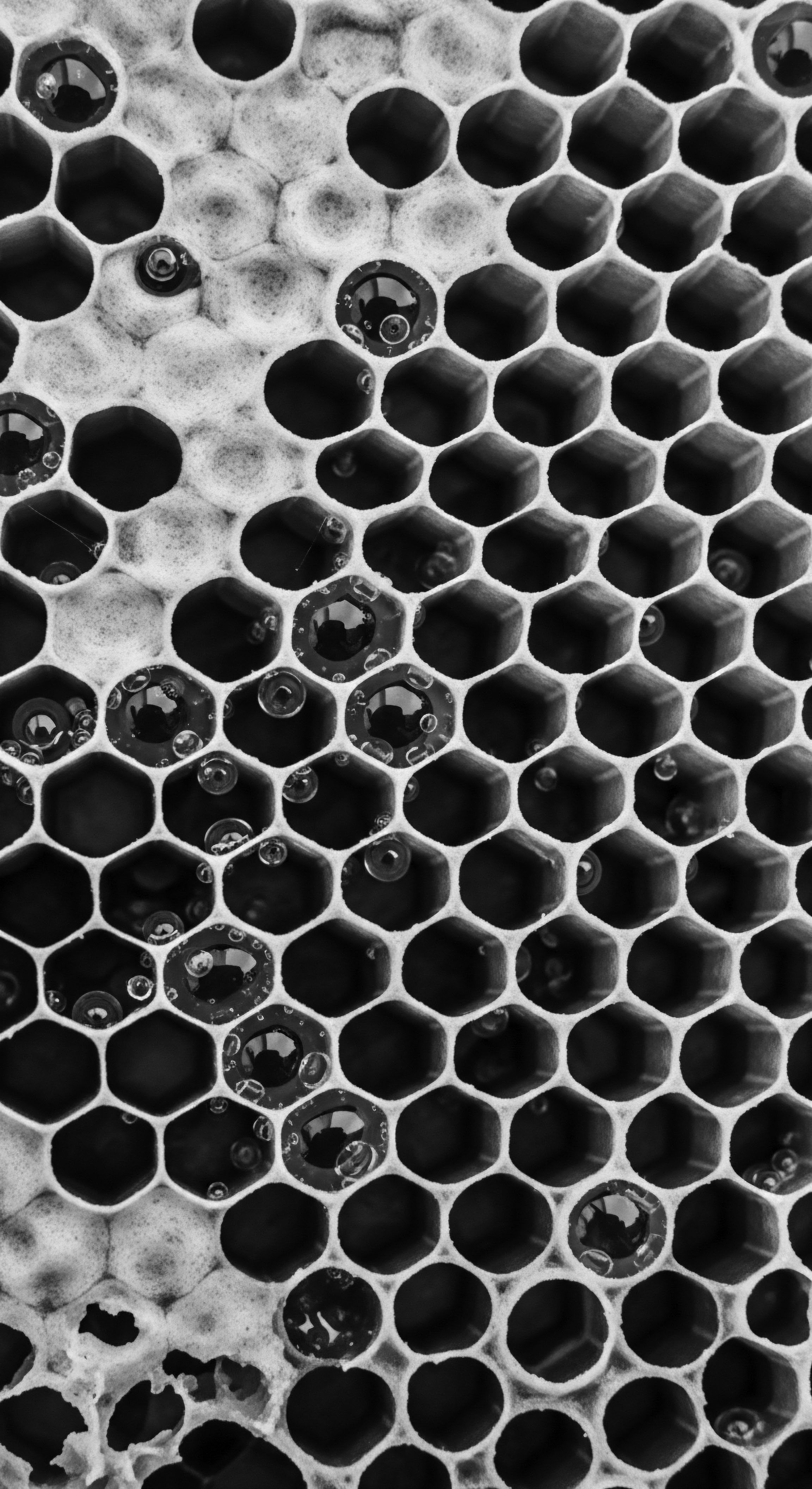
What is the role of genetics in textured hair sensitivity to moisture?
Textured hair's unique structure, shaped by genetic heritage, makes it inherently prone to moisture loss and absorption.
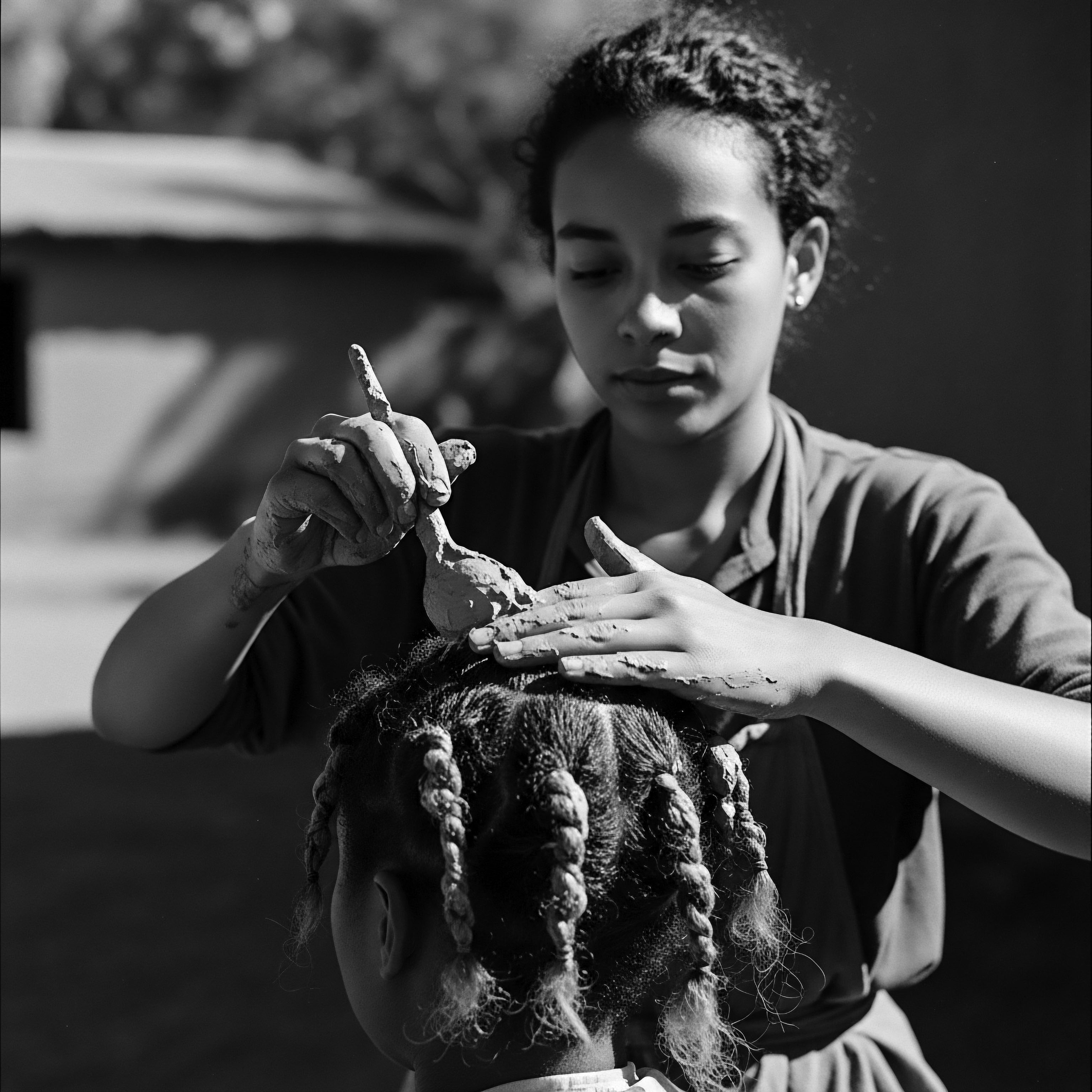
In what ways did ancient comb materials shape modern hair care practices for textured hair?
Ancient comb materials shaped modern textured hair care by promoting gentle detangling, natural oil distribution, and reduced friction, upholding a rich heritage.
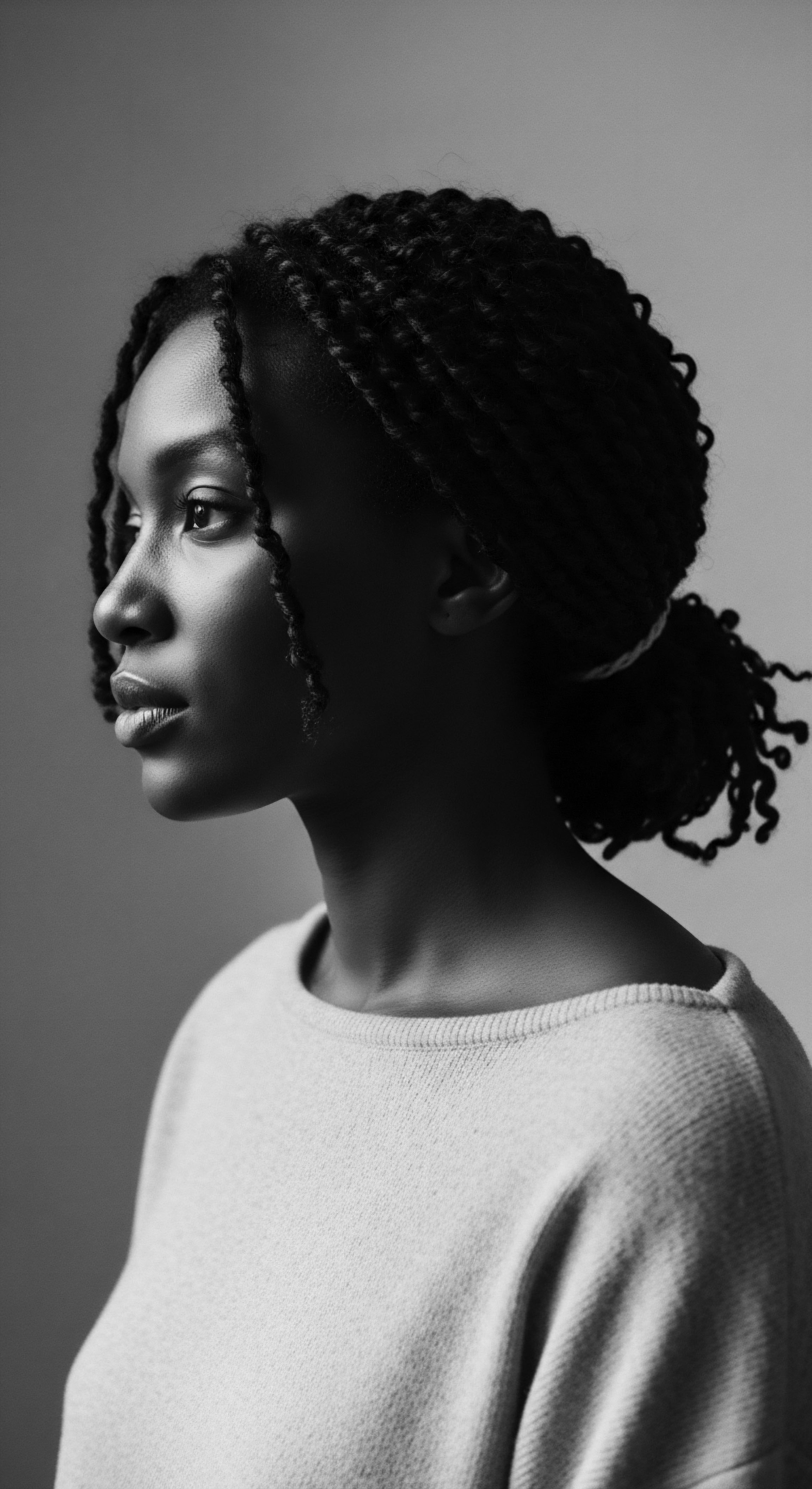
Can ancestral wisdom guide contemporary textured hair practices?
Ancestral wisdom offers a profound guide for contemporary textured hair practices, deeply honoring its cultural heritage.

How does cultural heritage shape modern hair care practices for textured hair?
Cultural heritage profoundly shapes modern textured hair practices through enduring ancestral wisdom and historical acts of resilience.

Can textured hair morphology reveal ancestral migration paths?
Textured hair morphology, shaped by adaptive genes and ancestral paths, reveals profound connections to human migration and enduring heritage.
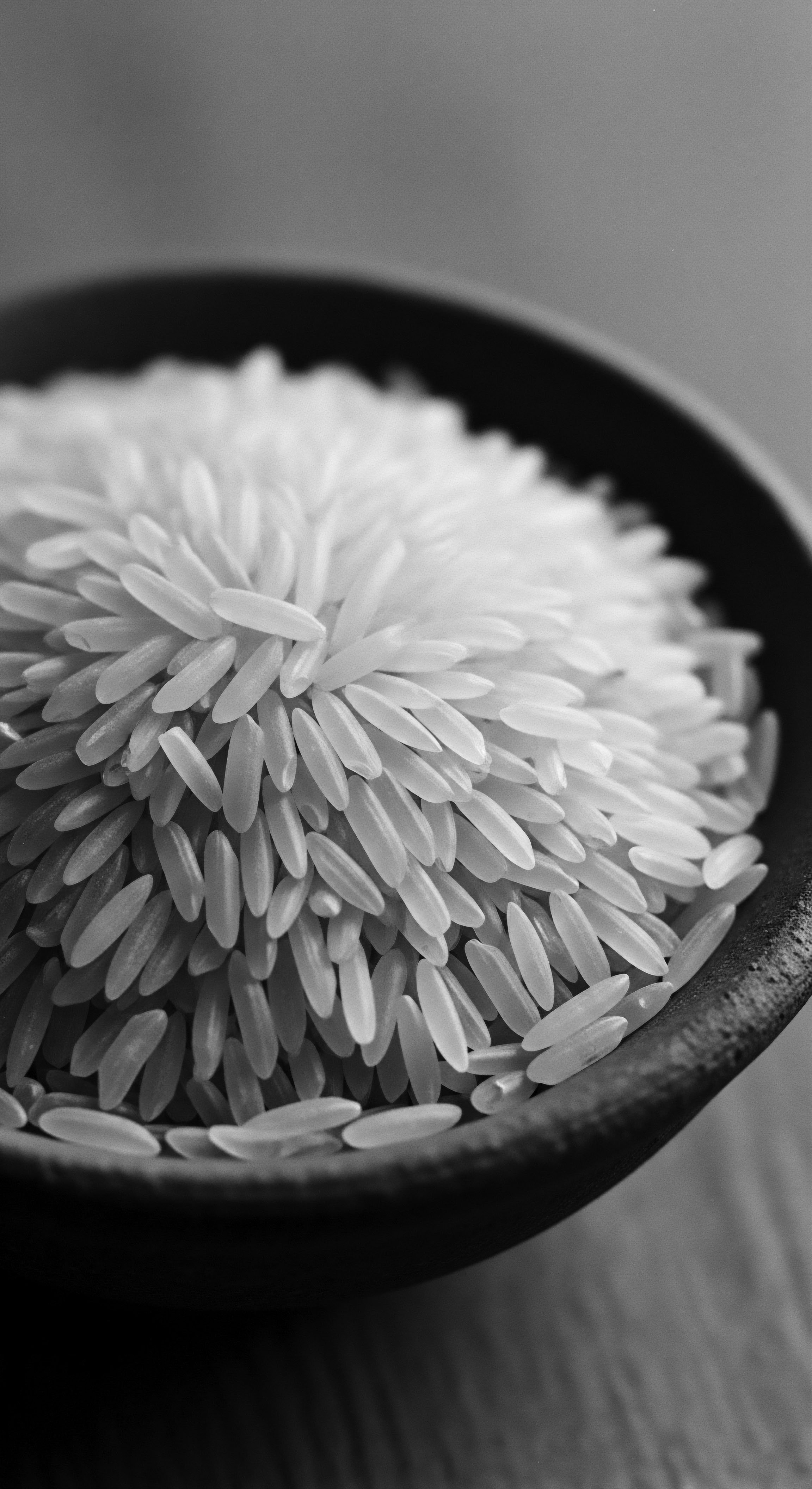
What biological properties of textured hair benefited from ancestral oil use?
Ancestral oils provided crucial moisture, reduced breakage, and supported scalp health for textured hair, rooted in deep heritage.

How does textured hair heritage connect individuals to their cultural identity across generations?
Textured hair heritage links individuals to identity through shared ancestral wisdom, cultural practices, and enduring resilience.
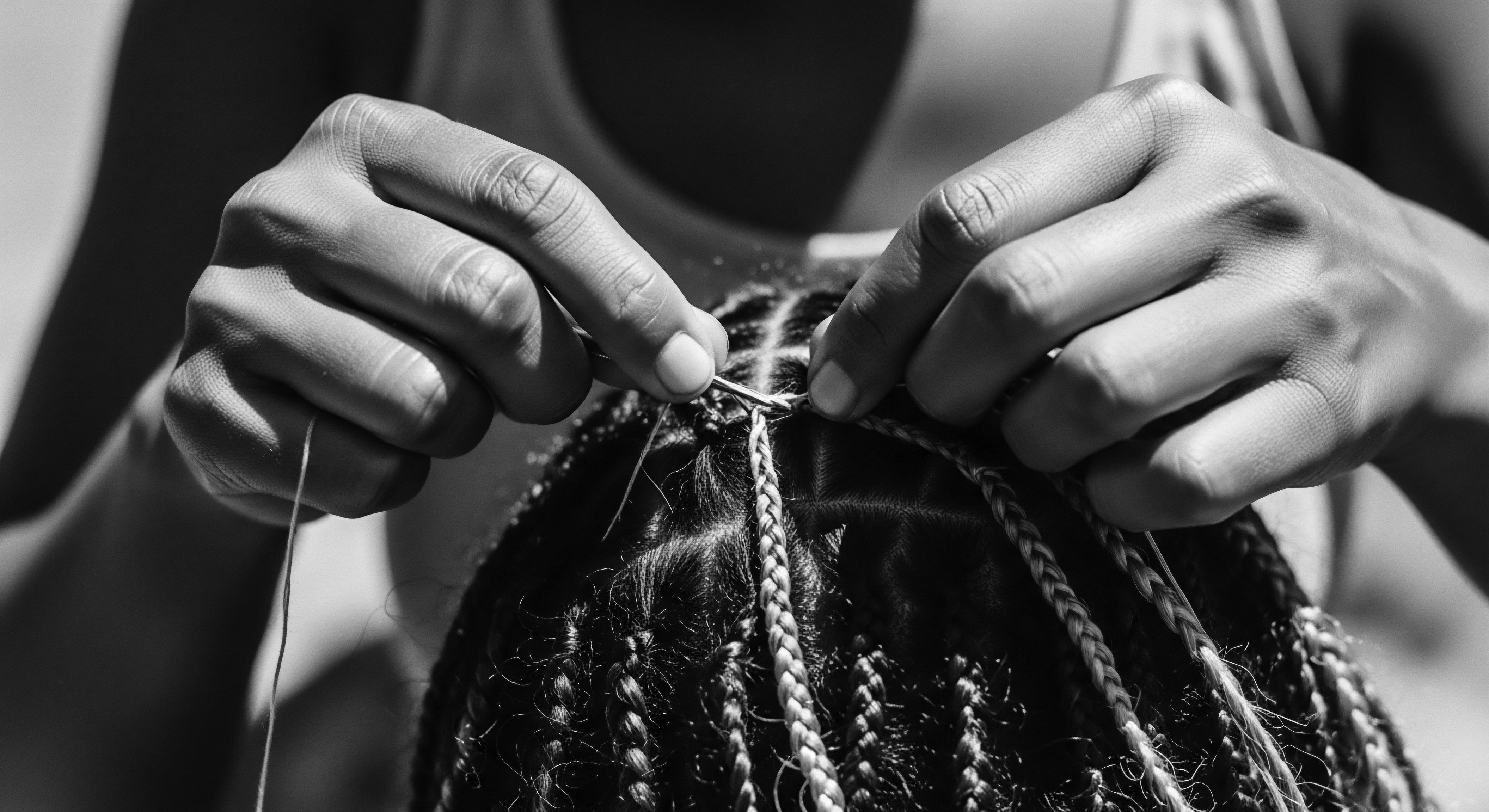
How does textured hair biology shape care practices?
Textured hair biology consistently shaped care practices, guiding ancestral methods toward preserving and honoring its heritage.
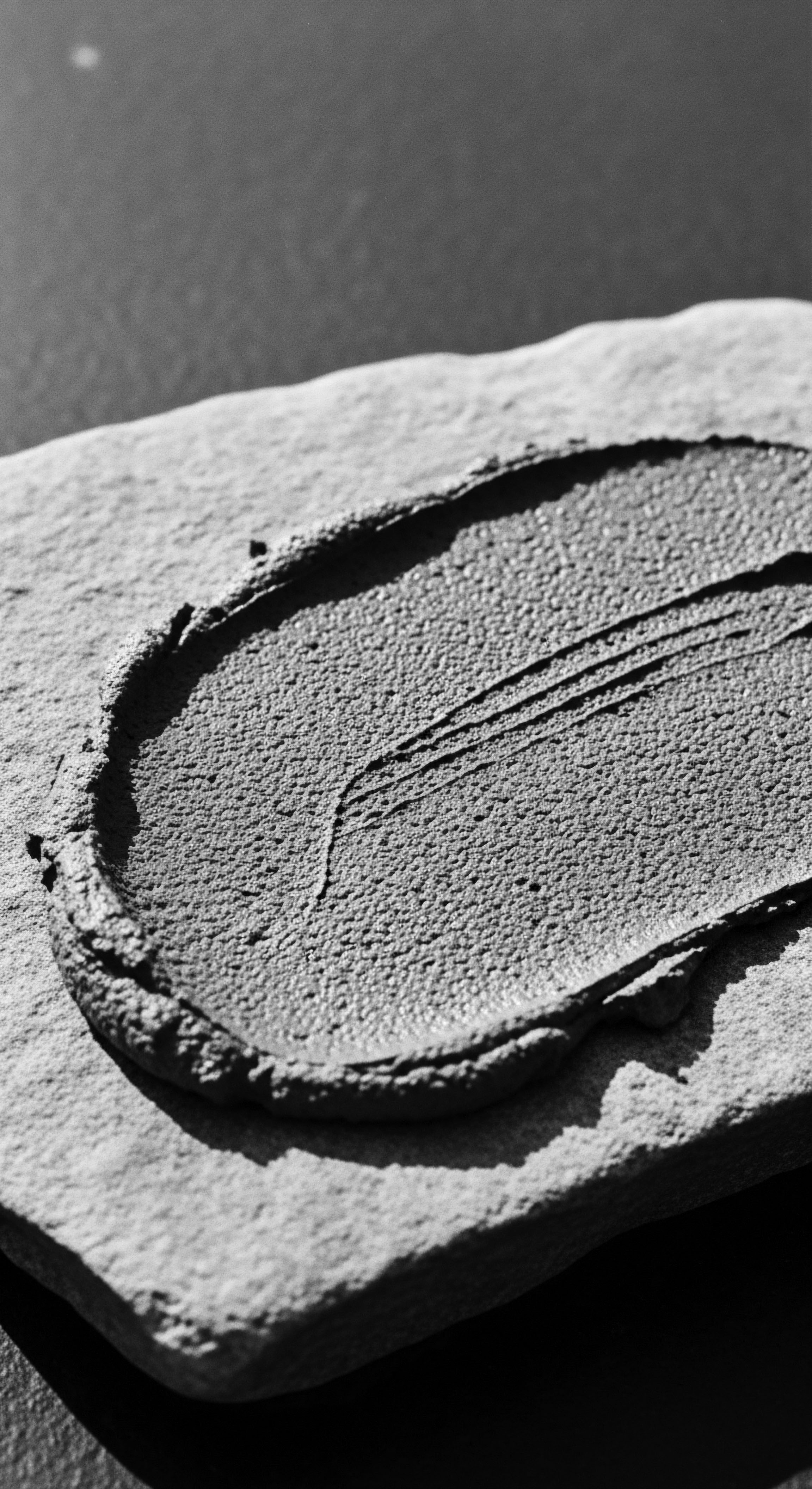
What ancestral oils define textured hair care?
Ancestral oils, often plant-derived, are foundational to textured hair care, offering profound moisture and protection, deeply rooted in Black and mixed-race heritage.
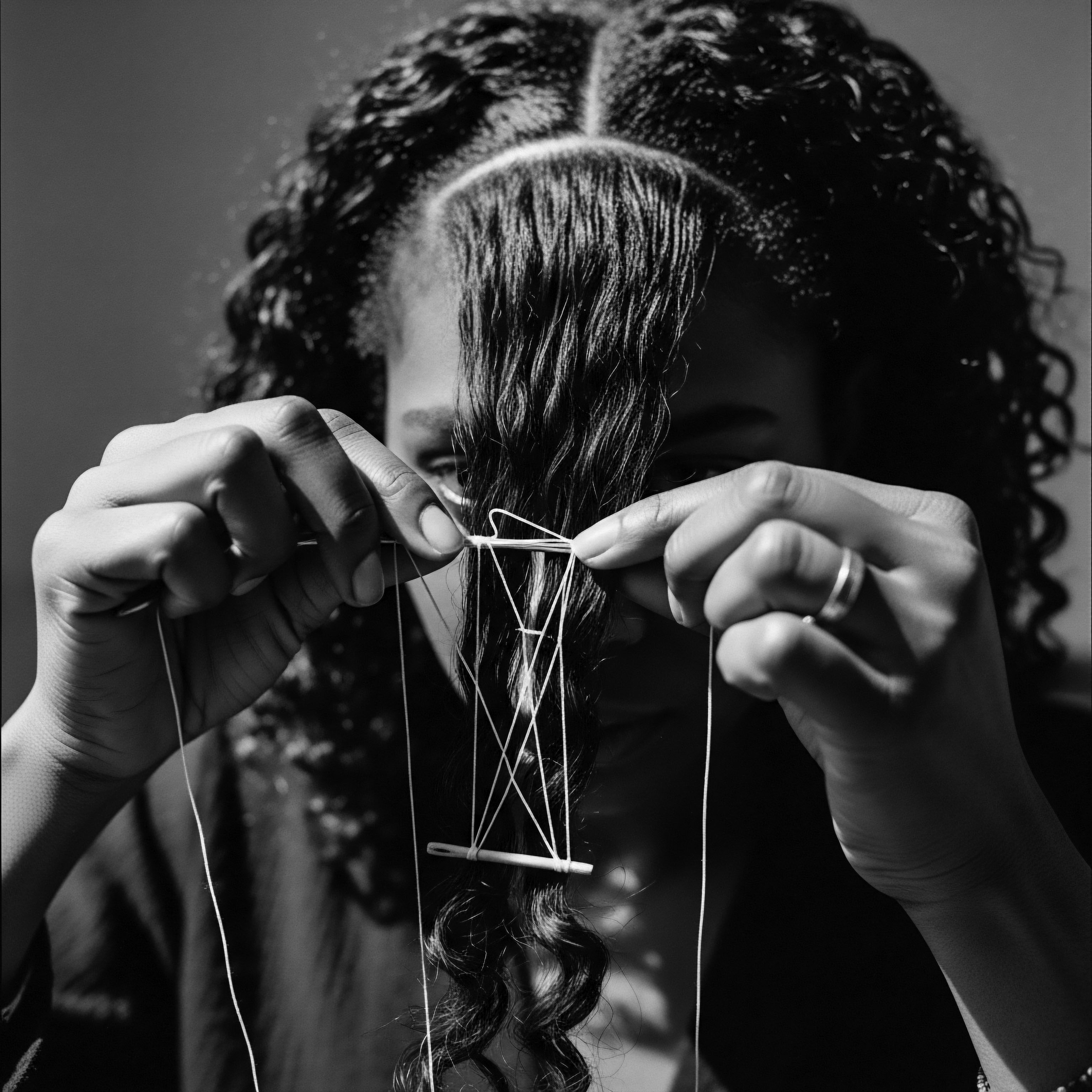
Why do specific hair textures necessitate unique care practices through heritage?
Specific hair textures necessitate unique care practices through heritage because their inherent biology, shaped by ancestral lineages, demands particular attention to moisture and protection, rooted in centuries of cultural adaptation.
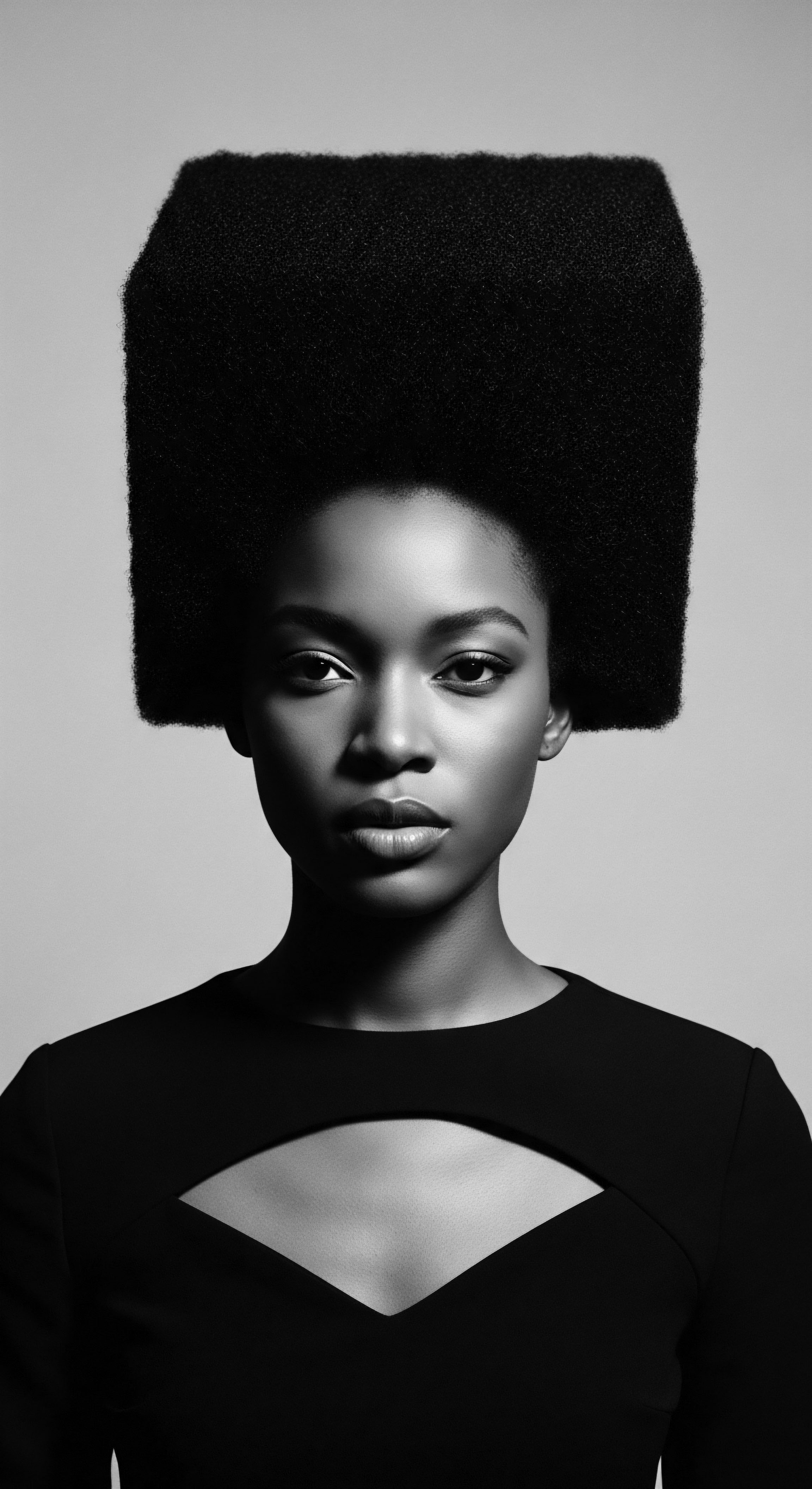
How do ancient hair tools connect to textured hair heritage?
Ancient hair tools connect to textured hair heritage by embodying ancestral wisdom for gentle care and shaping, reflecting deep cultural identity.
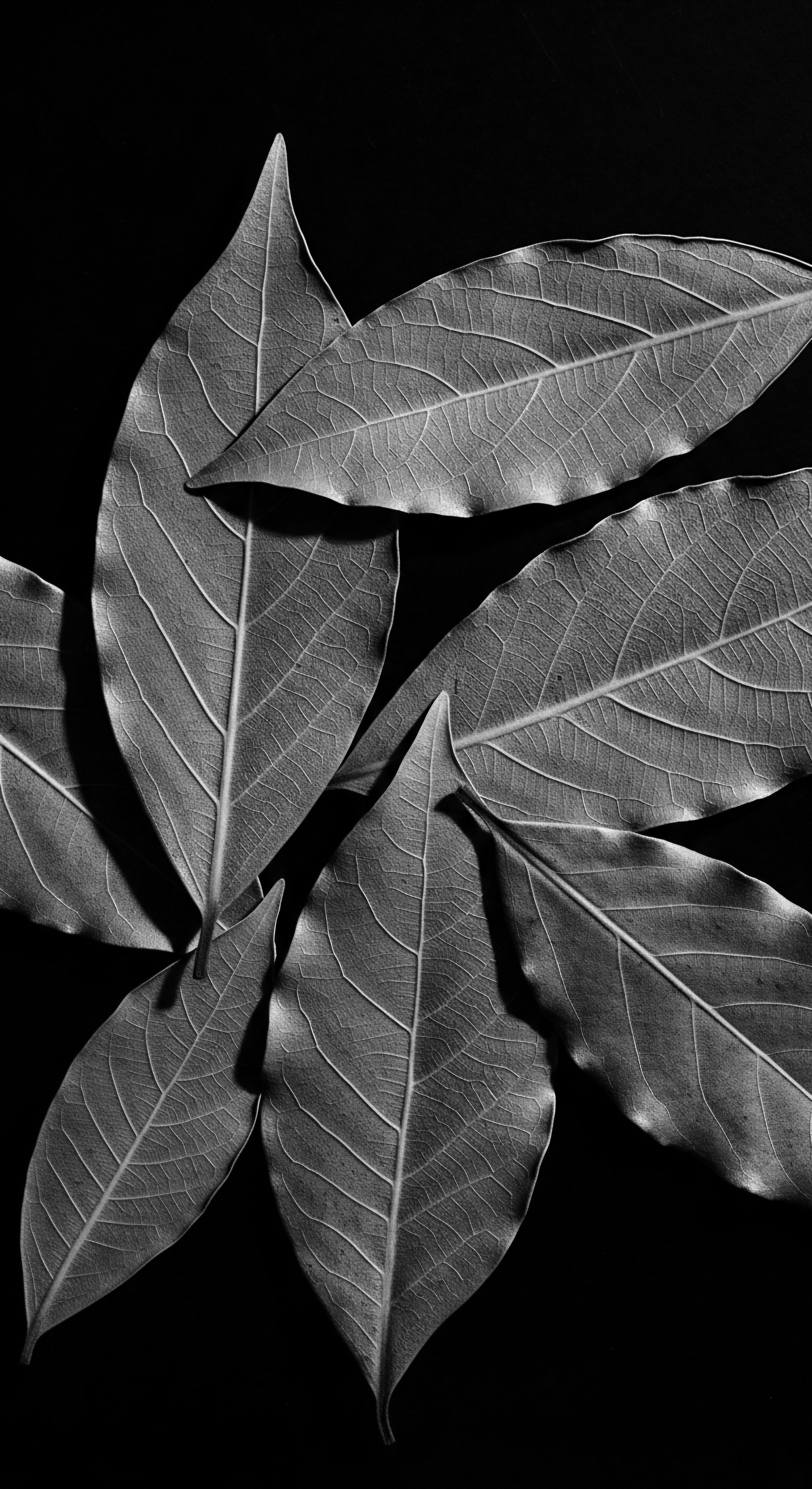
In what ways do historical materials continue to shape contemporary textured hair care practices?
Historical practices and ancestral ingredients continue to shape contemporary textured hair care through a rich heritage of wisdom.
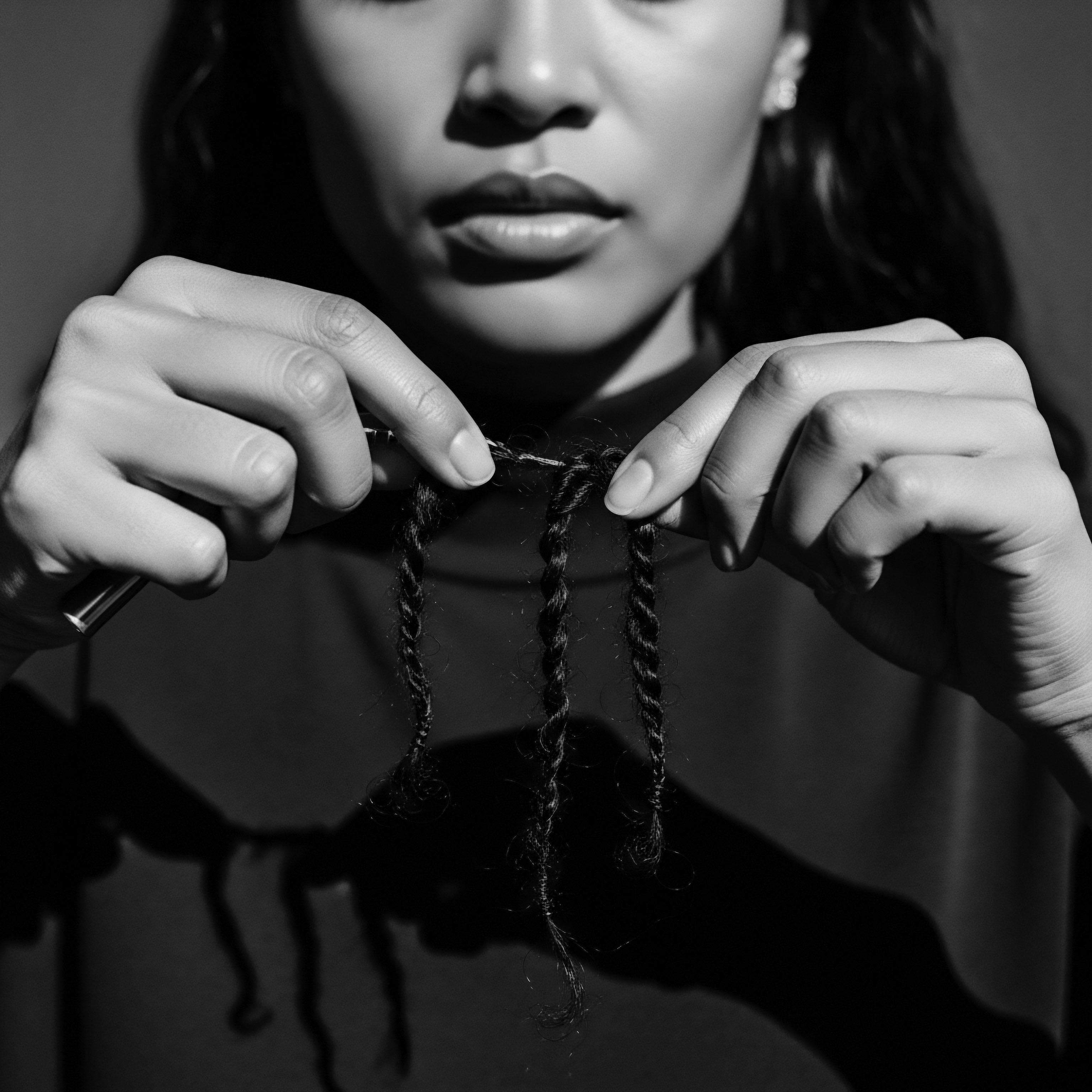
In what ways do traditional African hair care tools connect to cultural identity today?
Traditional African hair tools deeply connect to cultural identity today by embodying ancestral wisdom, communal practices, and enduring resistance within textured hair heritage.
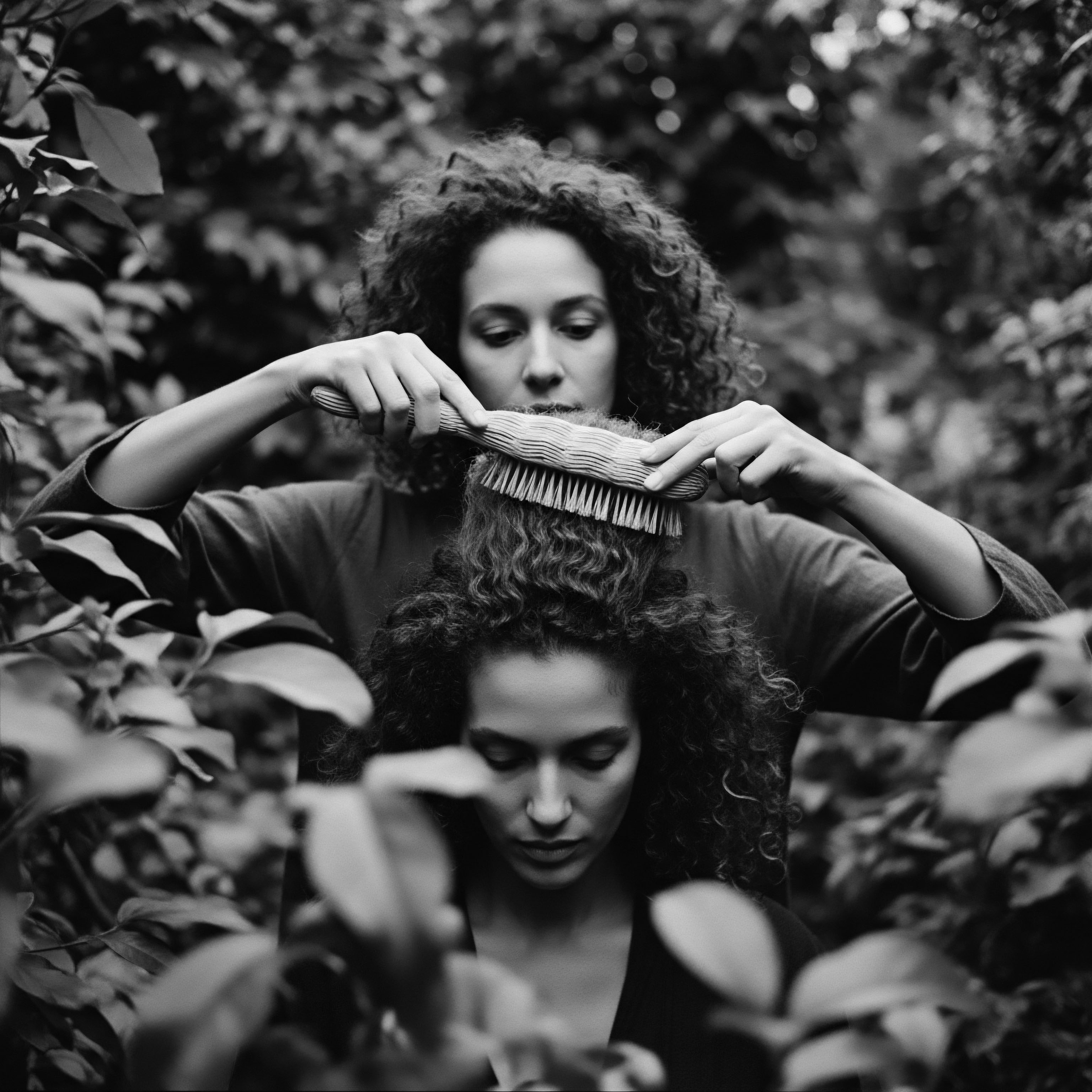
In what ways do historical hair care practices inform contemporary textured hair routines?
Historical hair care practices, steeped in ancestral wisdom, profoundly shape contemporary textured hair routines through shared techniques, ingredient knowledge, and cultural reverence for strands.
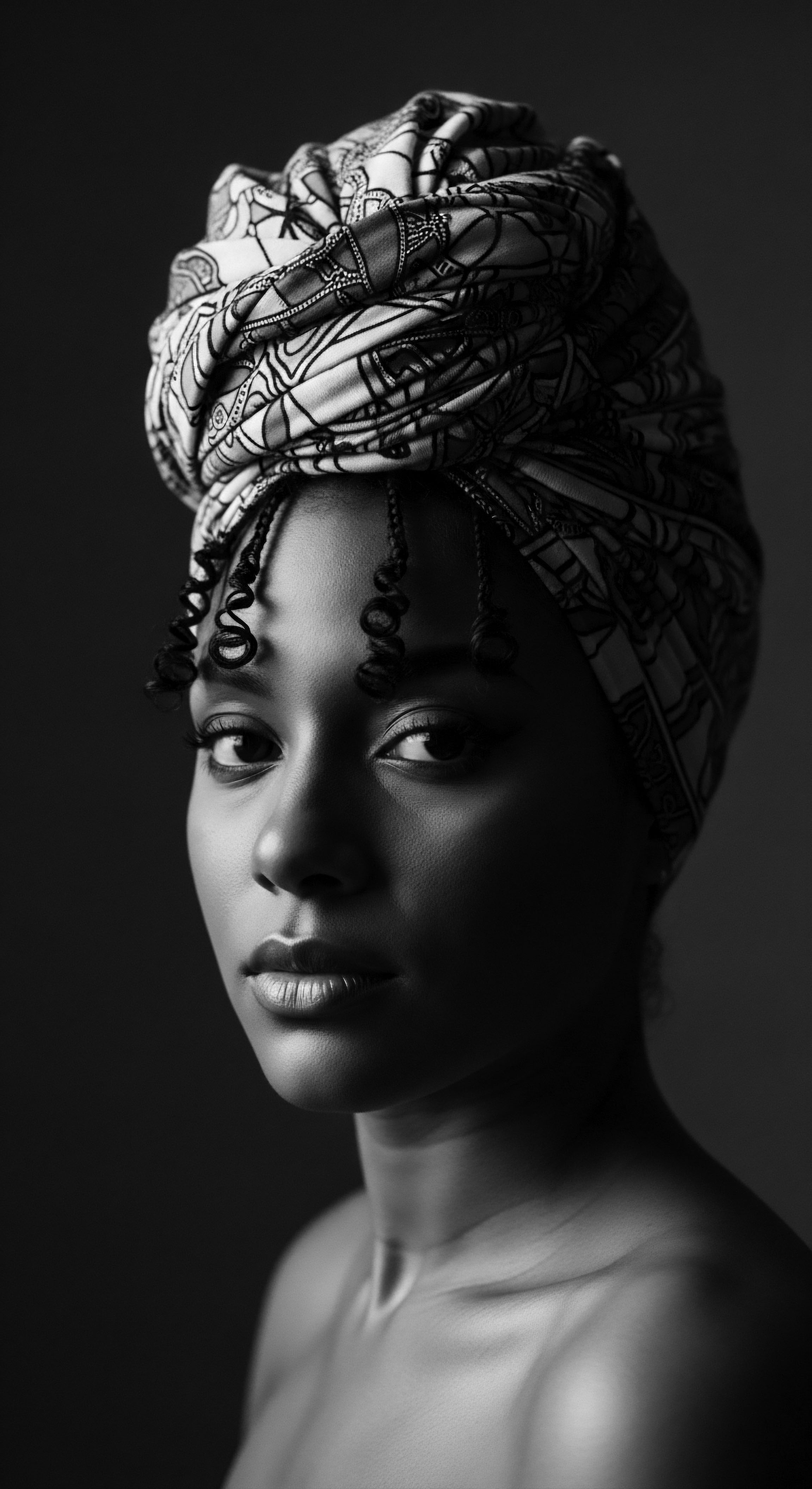
Wooden Comb History
Meaning ❉ The Wooden Comb History is a profound exploration of human ingenuity, cultural continuity, and deep reverence for hair, particularly within textured hair heritage.
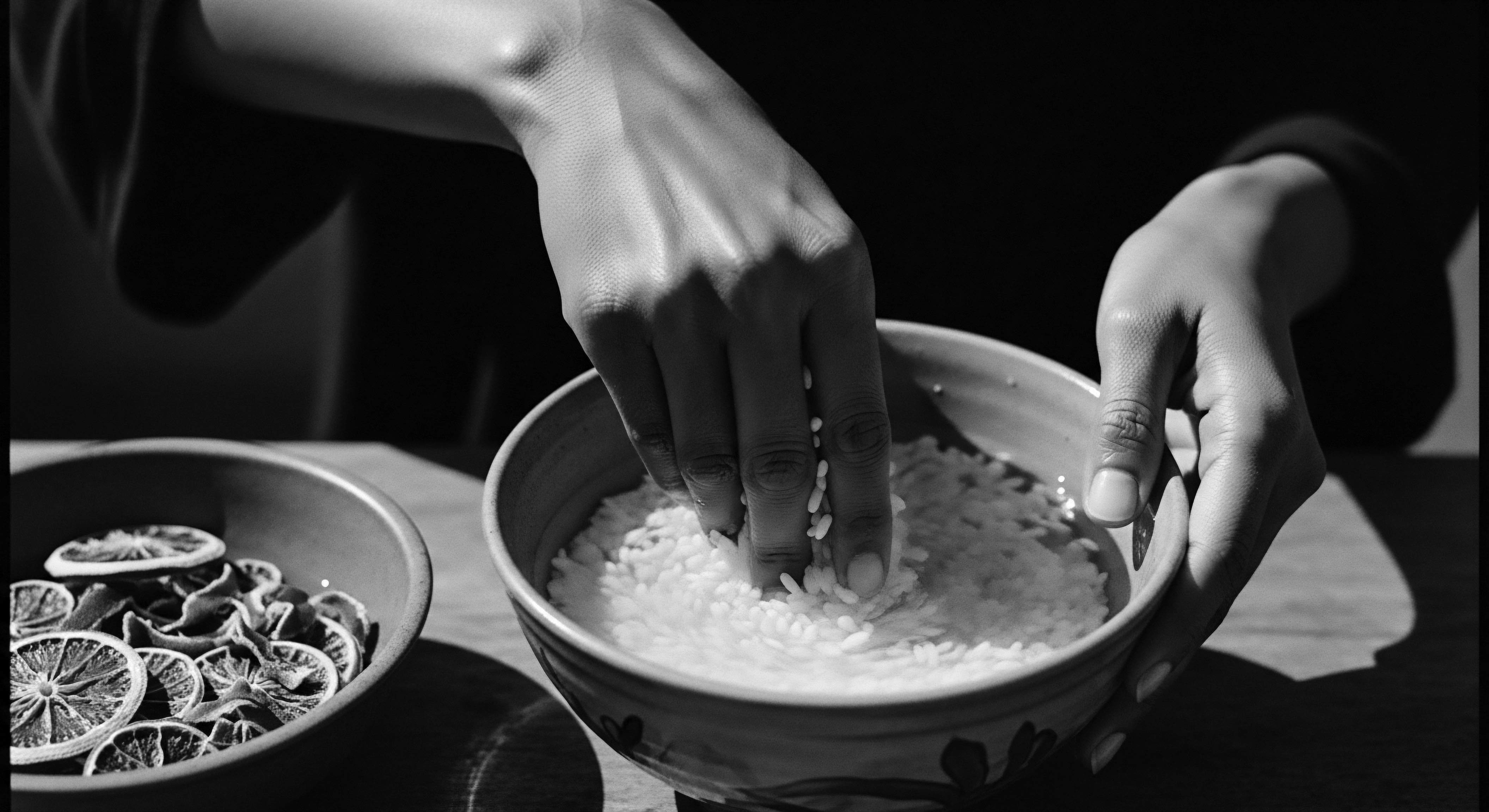
Hair Viscosity
Meaning ❉ Hair Viscosity is the intrinsic resistance of hair to flow and deformation, profoundly shaped by its structure, moisture, and ancestral care practices.
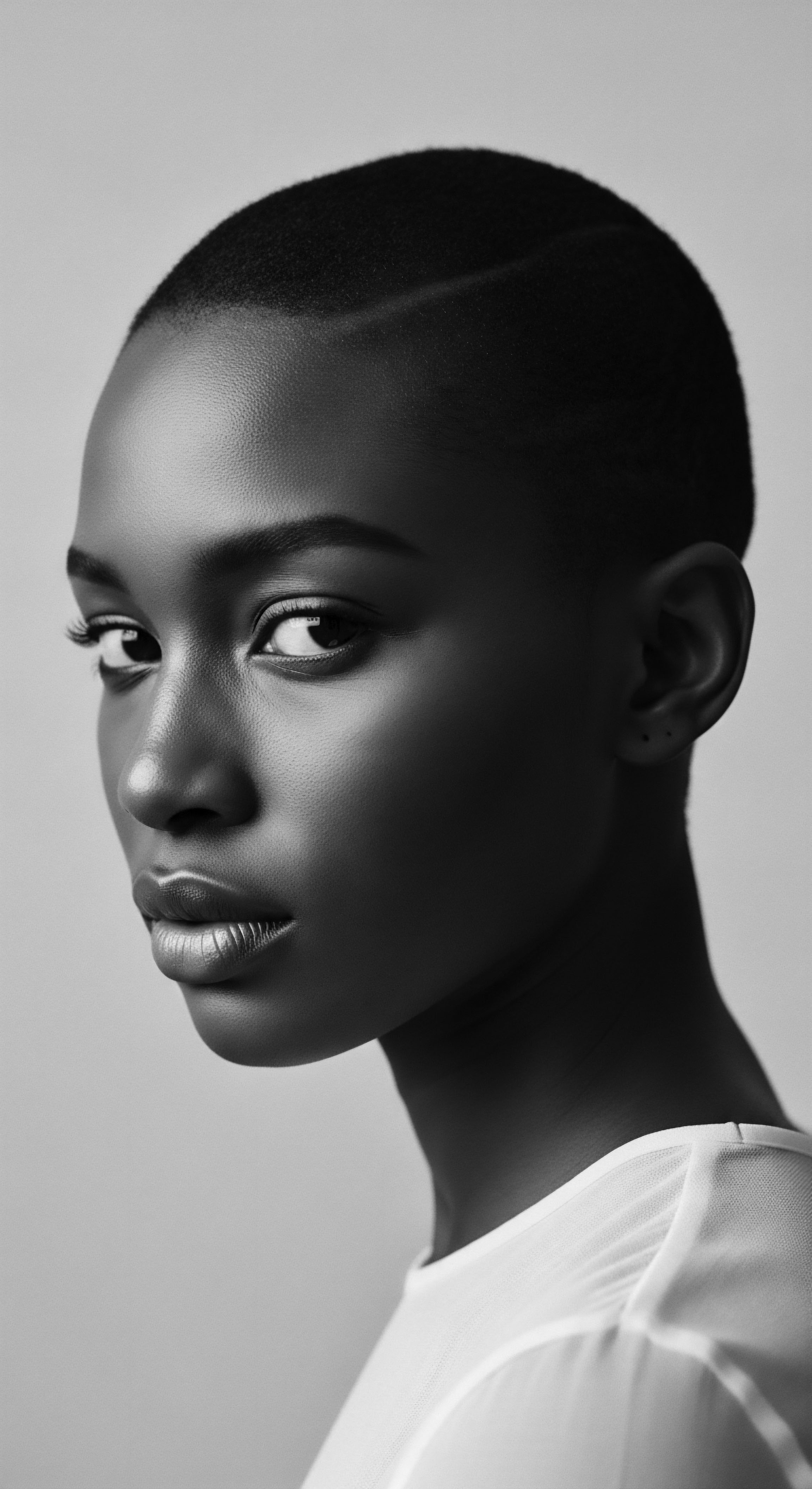
How do traditional hair care practices reflect cultural heritage and identity?
Traditional hair care practices for textured hair are profound reflections of cultural heritage, embodying identity, spirituality, and community bonds.
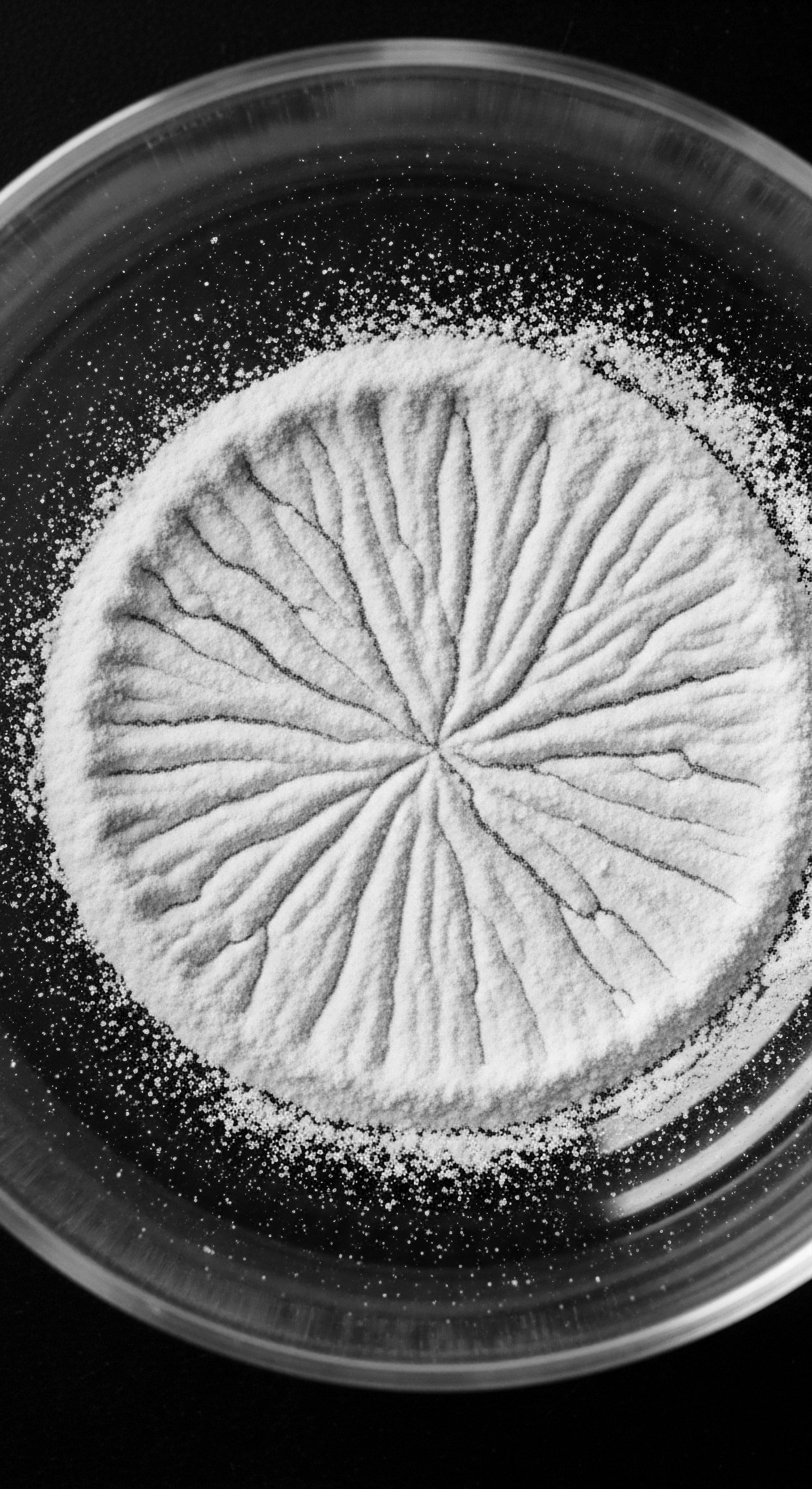
Can ancient botanical knowledge inform contemporary textured hair care practices?
Ancient botanical knowledge provides a heritage-rich foundation for contemporary textured hair care, validating ancestral practices with scientific understanding.

